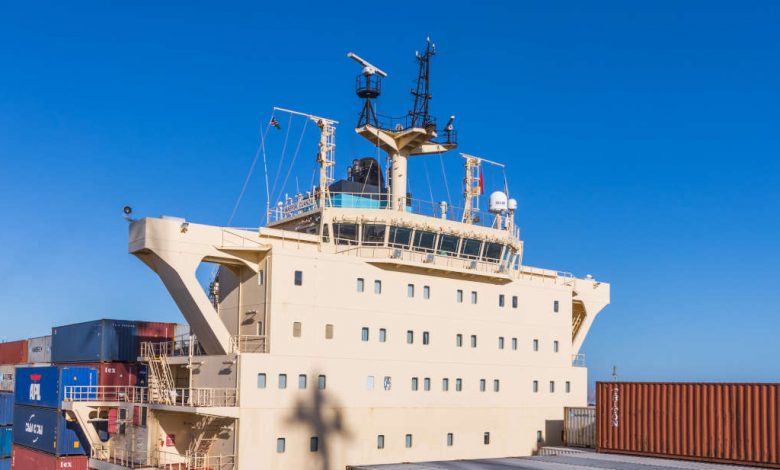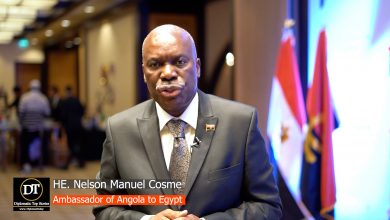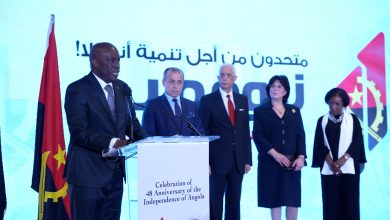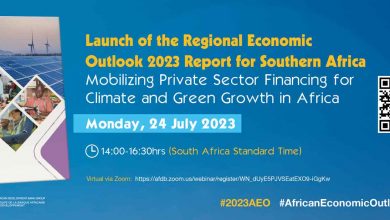Dakar Financing Summit: African Development Bank is financial leader of PIDA infrastructure projects | African Development Bank

Diplomat.Today
The African Development Bank
2023-02-17 00:00:00
——————————————-
The African Development Bank has provided more than 50% of funding secured by infrastructure projects under the Africa Infrastructure Development Program (PIDA), placing it in the financial lead of this strategic pan-African initiative.
More than 17 flagship infrastructure projects were presented at the Dakar Financing Summit 2 (DFS2), which concluded on February 3 in the Senegalese capital. In the context of PIDA, the bank mainly supports energy and transport projects.
Both sectors are closely aligned with the High-5 operational objectives: Light Up and Power Africa; FeedAfrica; industrialize Africa; integrate Africa; and Improve the quality of life of the people of Africa. Energy and power also advance the goals set out in the AU’s Agenda 2063 and the Free Trade Agreement for the African continent, which entered into force on January 1, 2021.
PIDA is a blueprint for infrastructure development to enhance Africa’s competitiveness and economic integration. Priority Action Plan 2, adopted by the AU Assembly of Heads of State and Government in 2021, included 69 ICT, water, energy and transport projects to be accelerated.
Transport
The Abidjan-Lagos Corridor Highway Development project, upon completion, will construct a 1,081-kilometer road linking Abidjan to Lagos via Accra, Lomé and Cotonou. This coastal region of West Africa accounts for almost 75% of regional commercial activity. This transformative $15.6 billion public-private partnership project was the largest investment opportunity showcased at the March 2022 Africa Investment Forum Virtual Boardrooms. The Africa Investment Forum is a multi-stakeholder transaction platform that raises capital for large-scale investments in Africa.
Another major transportation initiative is the Nacala Corridor Project, a major strategic regional transportation effort, which will connect Nacala Port – the deepest natural harbor on the east coast of Africa – to the Zambian capital of Lusaka, more than 1,700 km away, through Malawi and Mozambique.
The bank has injected more than $458 million to build 1,026 km of road improvements and two one-stop border checkpoints. This has already reduced transportation costs and conditions for more than 5.1 million people in Mozambique, Malawi and Zambia. Cumulative travel time on affected road sections has decreased from 30 hours to 15 hours; the crossing time for trucks at the border with Malawi has been reduced from 12 hours to 3 hours.
Energy
The Bank supports the establishment of the West African regional electricity market West African Power pool (WAPP).. It will boost the integration of the region’s electricity sector into a unified market, giving homes and businesses in ECOWAS countries access to regular, reliable and affordable electricity. Under this umbrella, the Bank finances various sub-projects:
The 128 MW Gambia River Basin Development Organization (OMVG) project involves the construction of an approximately 1700 km long interconnection network to enhance clean, renewable energy generated electricity in The Gambia, Guinea, Guinea-Bissau and Senegal.
OMVG connects to the Côte d’Ivoire-Liberia-Sierra Leone-Guinea (CSLSG) Power Interconnection project, for which the Bank provided $197 million in financing.
Under CSLSG, a 1,357 km long double circuit high voltage (225 kV) power line will be constructed to connect the national grids of the four countries to create a dynamic electricity market in the sub-region.
In East Africa, The Bank supported the 206 MW Ruzizi III Hydropower project. Upon completion, Burundi’s current total capacity is expected to double, while Rwanda’s is expected to increase by half. The project will replace significant amounts of fossil fuel-based energy in the Economic Community of the Great Lakes countries, increasing the share of green energy. Additional benefits include the creation of permanent and temporary jobs and a reduction in greenhouse gas emissions.
These are just some of the DFS-2 deal rooms of PAP2 projects on display, bringing together project sponsors and representatives from development banks, corporations and governments to move projects to operationalization.
PAP2 builds on the lessons of PAP1, consisting of 400 projects, which closed in 2020. More than 76 of these are now operational, including the Walvis Bay Container Terminal in Namibia, for which the bank provided $300 million in 2013, 70% of the total financing. .
Bank financing guarantees expansion of the port’s container terminal, which serves as a gateway to the SADC region, especially for landlocked countries.
In addition to financing, the Bank also provided technical assistance to the Yamoussoukro Decision (YD), a treaty that paved the way for open skies and full liberalization of intra-African air transport services between most African countries. The decision was approved by 44 members of the African Union (AU) in 1999 and became binding in 2002.
The Bank is providing $7 million to help accelerate full implementation of the Yamoussoukro decision implementation through the AU’s Single African Air Transport Market, which was launched by the AU in 2018.
For a full list of PIDA PAP2 projects, click here
Click here for more information on the bank’s support for infrastructure development
——————————————-



